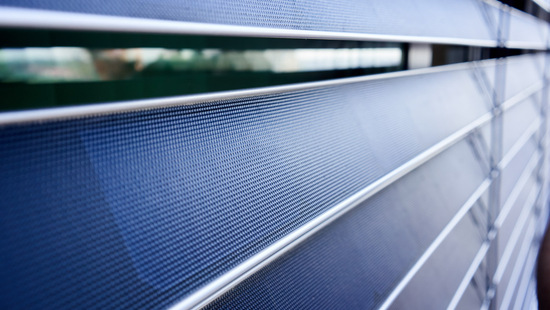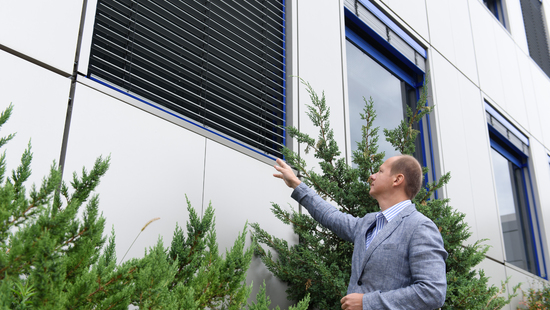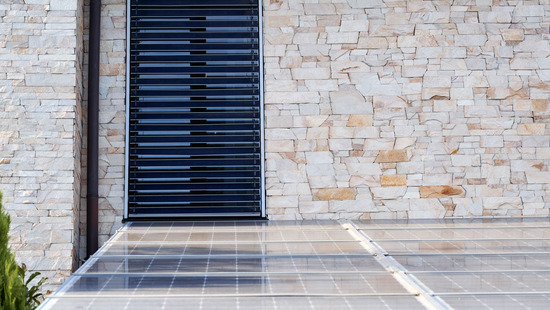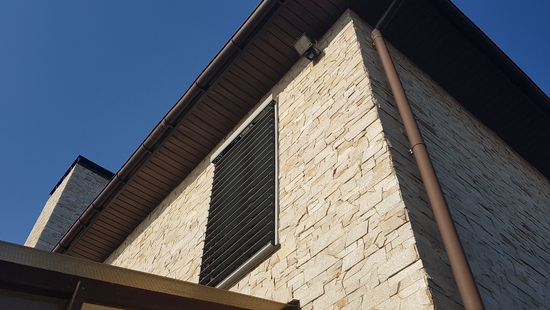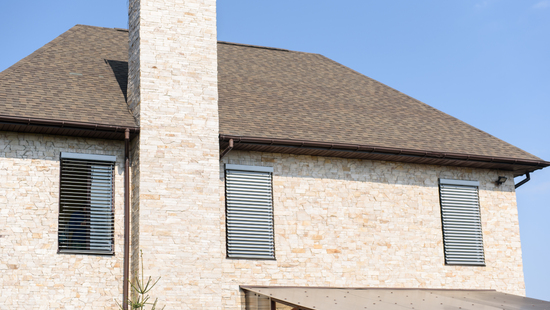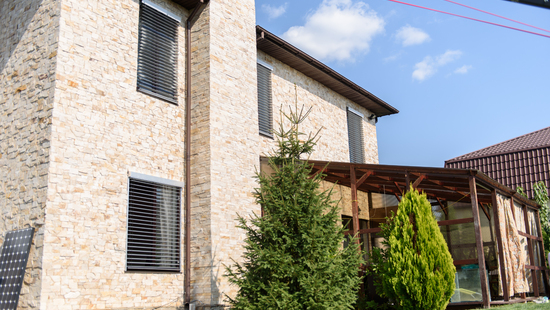

Solar panel blind
Solar cell blinds combine darkening of the interior with the production of electricity. Lamellas with photovoltaic cells convert solar energy into electricity, reducing costs. The modern design suits any façade.
Buy now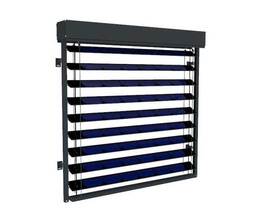
Solar panel blind Type R
- Facade solar cell blinds made to measure
- Photovoltaic panels in the lamellas
- Solid guides
- Made to measure product
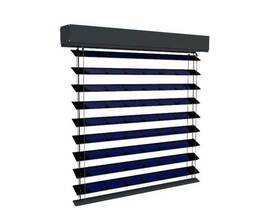
Solar panel blind Type W
- Facade solar cell blinds made to measure
- Photovoltaic panels in the lamellas
- Cable guides
- Made to measure product
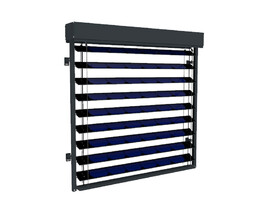
Solar power external blind anthracite
- Window or facade montage
- PV-panels in the blinds
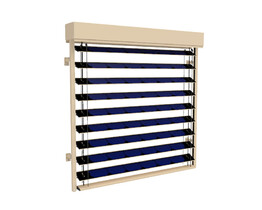
Solar power external blind beige
- Window or facade montage
- PV-panels in the blinds
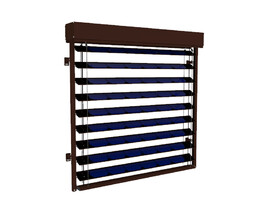
Solar power external blind brown
- Window or facade montage
- PV-panels in the blinds
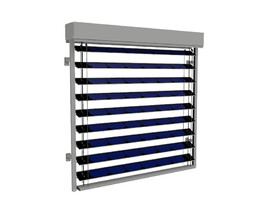
Solar power external blind silver
- Window or facade montage
- PV-panels in the blinds
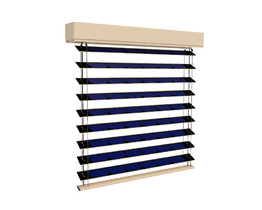
Solar power external blind beige on a cord
- Window or facade montage
- PV-panels in the blinds
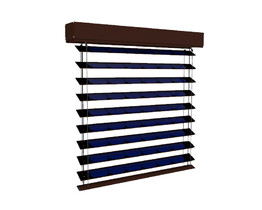
Solar power external blind brown on a cord
- Window or facade montage
- PV-panels in the blinds
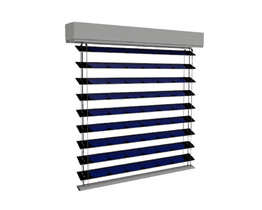
Solar power external blind silver on a cord
- Window or facade montage
- PV-panels in the blinds
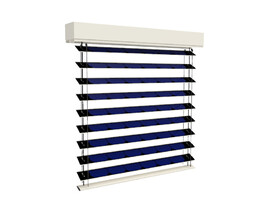
Solar power external blind white on a cord
- Window or facade montage
- PV-panels in the blinds
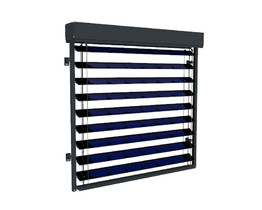
Household photovoltaic panel blinds 300w in anthracite
- House solar cell blind kit with a 300w inverter
- Made to measure up to 3m²
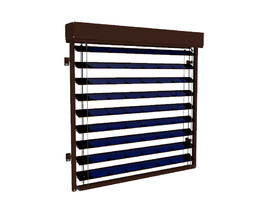
Household photovoltaic panel blinds 300w in brown
- House solar cell blind kit with a 300w inverter
- Made to measure up to 3m²
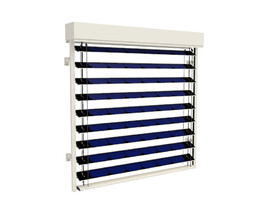
Household photovoltaic panel blinds 300w in white
- House solar cell blind kit with a 300w inverter
- Made to measure up to 3m²
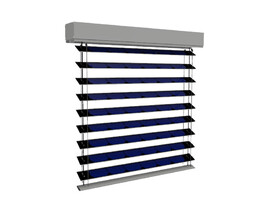
Household photovoltaic panel blinds 600w cord system in silver
- House solar cell blind kit with a 600w inverter
- Made to measure up to 6m²
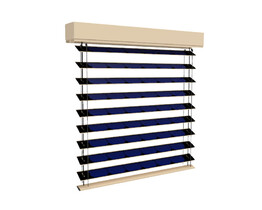
Household photovoltaic panel blinds 600w cord system in beige
- House solar cell blind kit with a 600w inverter
- Made to measure up to 6m²
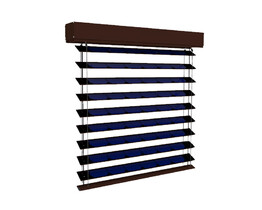
Household photovoltaic panel blinds 600w cord system in brown
- House solar cell blind kit with a 600w inverter
- Made to measure up to 6m²
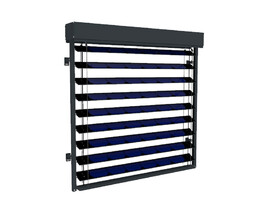
Household photovoltaic panel blinds 1000w anthracite colour
- House solar cell blind kit with a 1000w inverter
- Made to measure up to 10m²
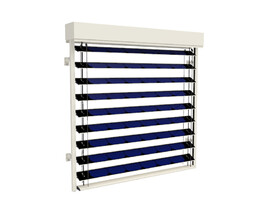
Household photovoltaic panel blinds 1000w white colour
- House solar cell blind kit with a 1000w inverter
- Made to measure up to 10m²
What are renewable energy sources?
Renewable energy sources are those that are naturally replenished and inexhaustible over short periods. They include solar energy, wind energy, hydropower, geothermal energy, and biomass energy. They are more environmentally friendly and sustainable compared to fossil fuels.
What are the main advantages of renewable energy sources?
Renewable energy sources have many advantages, including:
Reduction of greenhouse gas emissions and air pollution.
Decreased reliance on fossil fuels.
Lower operational costs after the initial investment.
Creation of local jobs in the renewable energy sector.
Inexhaustibility of energy sources (e.g., sun and wind).
How do photovoltaic panels work?
Photovoltaic panels consist of solar cells that convert sunlight into electrical energy through the photovoltaic effect. When light hits the cells, it generates direct current (DC), which is then converted to alternating current (AC) using an inverter, allowing it to power household devices.
Is installing photovoltaic panels cost-effective?
Yes, installing photovoltaic panels is cost-effective in the long run. Despite the initial installation costs, the panels generate free electricity, leading to significant savings on electricity bills. Additionally, many countries offer tax incentives and grants for installing photovoltaic systems.
What is the lifespan of photovoltaic panels?
Photovoltaic panels have a typical lifespan of 25 to 30 years. During this period, their efficiency may slightly decrease, but they will still generate electricity. Many panels come with a performance warranty of at least 25 years.
Can energy from photovoltaic panels be stored?
Yes, energy from photovoltaic panels can be stored in battery systems. Energy storage systems allow excess energy produced during the day to be stored for use at night or when production is low.
What are the costs of installing a photovoltaic system?
The cost of installing a photovoltaic system depends on various factors, such as the system's size, the quality of the panels and inverter, and installation costs. The average cost ranges from several thousand to tens of thousands of euros, but various financial support programs can significantly reduce these costs.
How do wind turbines work?
Wind turbines convert the kinetic energy of the wind into electrical energy. The wind turns the turbine's blades, which are connected to a generator. The generator converts the rotational motion into electricity that can be used to power homes or fed into the power grid.
Are wind turbines noisy?
Modern wind turbines are designed to operate quietly. The noise generated by turbines is usually comparable to background noise in urban or rural settings. For many people, this noise is inaudible from several hundred meters away.
What are the benefits of using geothermal energy?
Geothermal energy is a reliable and stable energy source that can be used for heating buildings, generating electricity, and providing hot water. It is a low-CO2 emission source of energy that is available year-round, regardless of weather conditions.
Are renewable energy sources sufficient to power an entire home?
Yes, a well-designed RES system can completely power a home. Much depends on the available natural resources, such as sunlight, wind, or access to geothermal sources. Often, a combination of different RES technologies and energy storage systems is used to ensure reliable power throughout the year.
What are the challenges associated with renewable energy sources?
The main challenges include high initial installation costs, resource variability (e.g., no sun at night, no wind), and the need for energy storage. However, technological advancements and financial support are increasingly overcoming these challenges, making RES more accessible and cost-effective.
